Sulfiting agents an affordable control option, but they come with potential food safety hazards
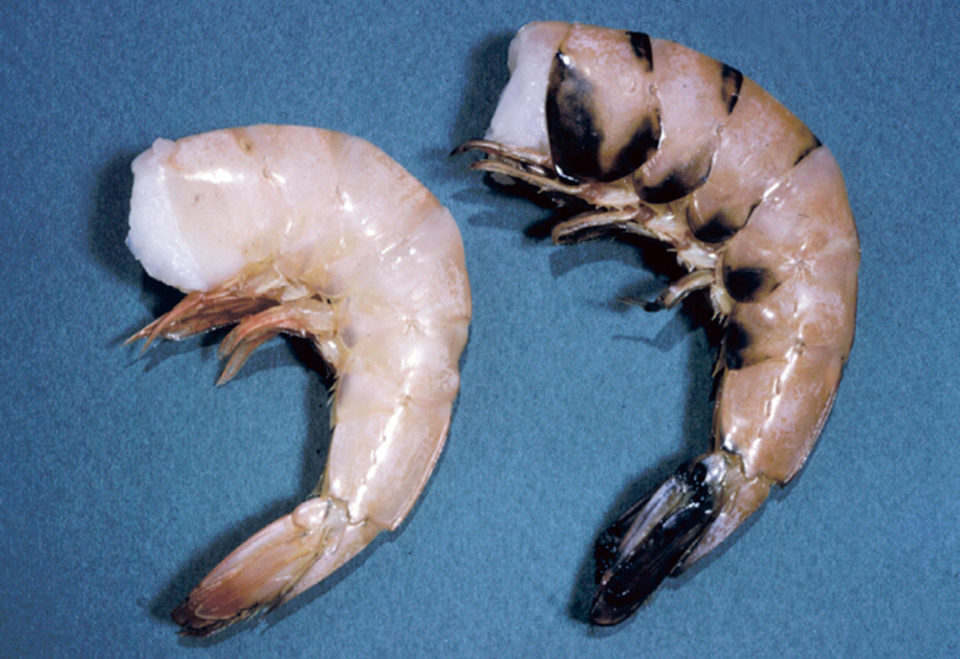
The use of sulfiting agents such as sodium bisulfite and sodium metabisulfite or formulations with sulfiting agents has been the traditional treatment method for retarding the development of melanosis (blackspot) in fresh, frozen or thawed crustaceans. Nonsulfite solutions, however, are also available. The commercial product EverFresh, for example, is one of the sulfite alternatives that has proven effective with both wild and farm-raised shrimp, lobsters and crabs.
Melanosis control
The active ingredient in the alternative treatment is 4-hexylresorcinol, which provides prevention and control by inhibiting the naturally occurring polyphenoloxidase enzymes involved in the shell-hardening process. After death, the enzyme activity can continue with the development of melanin pigments that appear below and along the edges of the crustacean shells and gills. The development of melanins increases with exposure to oxygen and sunlight.
This natural reaction eventually advances to discolor edible portions of the shrimp. The degree of melanosis varies by species, animal size, growth rates, water temperature, product form (whole or headless) and other factors that influence the amount of enzyme activity.
Sulfites
Sulfiting agents remain the less-expensive option for control, but they are associated with potential food safety hazards and actual personal danger when handled in a powder form that can release toxic sulfur dioxide fumes that have caused death for careless users.
Most nations require monitoring for sulfite use with crustaceans or any seafood, and the final products must be clearly labeled to distinguish any prior product exposure to sulfiting agents. Labeling is considered necessary to inform consumers who could experience adverse reactions when exposed to sulfites. The legal definition for prior use is processor knowledge and/or detection of residual levels in edible products in excess of 10 ppm. Sulfite use must be controlled and documented in food safety HACCP programs.
Application
The 4-hexylresorcinol product is applied by exposing the crustaceans to a solution made with fresh potable water. Saltwater has been used, but it can introduce problems with bacteria or flavors.
Traditional practices relied on a 0.2 percent concentration and short dip of five minutes or less, as developed for headless vessel-harvested shrimp. More recent trials with lobsters and farm-raised shrimp indicated more successful applications with 0.2-0.4 percent concentrations applied as single-use solutions for soaks of two to eight hours. Optimum application methods should be determined by trials for different species, product sizes and other postharvest conditions.
A harvest can be treated as one batch, either pondside or after delivery to the processing facility, but the more successful trials involved applications as soon after death as possible to assure inhibition of any enzyme activity before dark pigments are formed. Use in prolonged applications requires ice or an ice slush that can complicate the calculations for appropriate concentrations. Calculations must account for the weight of the ice and melt. Likewise, chlorination in the water or ice could reduce the effectiveness of the treatment.
Regulations
The use of sulfite-free applications is favored by current regulations. Use of the 4-hexylresorcinol product in the United States has not been opposed by any state or federal regulations for over a decade of commercial use under the current self-proclamation for generally recognized as safe (GRAS) status. The original European Directive 2006/52/EC noting allowances for use of 4-hexylresorcinol in applications for crustaceans is now effective across all E.U. nations, including the primary users in France and Spain.
Although there are no current restrictions mandated or referenced in the United States, the E.U. directive specified a residual limit of 2 ppm in crustacean meat. The authors believe the limit was not based on food safety and should be adjusted to discourage continued use of problematic sulfites. Residual limits for sulfites range 50 to 150 ppm, based on the amount necessary to achieve the intended effect.
Labeling
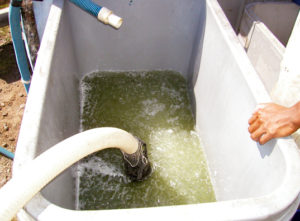
Prior use that results in any residues must be noted on product labeling for the E.U. Labeling requirements differ in the United States relative to the occurrence of the intended functional effects and if applications impart significant additions to the finished products.
The 4-hexylresorcinol product was commercially introduced as a “processing aid” in that the functional effects only occur during processing immediately after harvest. Numerous research studies and commercial practices confirm immediate applications are more effective and necessary to retard the natural enzymatic formation of chemical precursors that could eventually form melanin pigments.
In contrast to sulfites, 4-hexylresorcinol does not provide bleaching activity that can retard and eliminate melanin development. Sulfites have been successful and popular because their subsequent bleaching activity provides more prolonged functional effects in the treated shrimp. Likewise, additional applications of sulfites after primary processing can reduce any emerging blackspot or melanin pigments.
The 4-hexylresorcinol only functions during processing, and the resulting residue does not impart significant additions to the character of the finished product. Some users contend that these conditions suit the U.S. Food and Drug Administration regulatory definitions for processing aids, which do not require product labeling.
Users with products destined for sale in the United States may decide to label prior use to avoid any confusion regarding regulatory decisions, but there is no evidence of safety concerns based on over 10 year of commercial use.
(Editor’s Note: This article was originally published in the September/October 2008 print edition of the Global Aquaculture Advocate.)
Now that you've reached the end of the article ...
… please consider supporting GSA’s mission to advance responsible seafood practices through education, advocacy and third-party assurances. The Advocate aims to document the evolution of responsible seafood practices and share the expansive knowledge of our vast network of contributors.
By becoming a Global Seafood Alliance member, you’re ensuring that all of the pre-competitive work we do through member benefits, resources and events can continue. Individual membership costs just $50 a year.
Not a GSA member? Join us.
Authors
-

Dr. Steve Otwell
Aquatic Food Products Program
Food Science & Human
Nutrition Department
University of Florida
Gainesville, Florida 32611 USA[117,100,101,46,108,102,117,64,108,108,101,119,116,111]
-
Victor Garrido
Aquatic Food Products Program
Food Science & Human
Nutrition Department
University of Florida
Gainesville, Florida 32611 USA
Tagged With
Related Posts
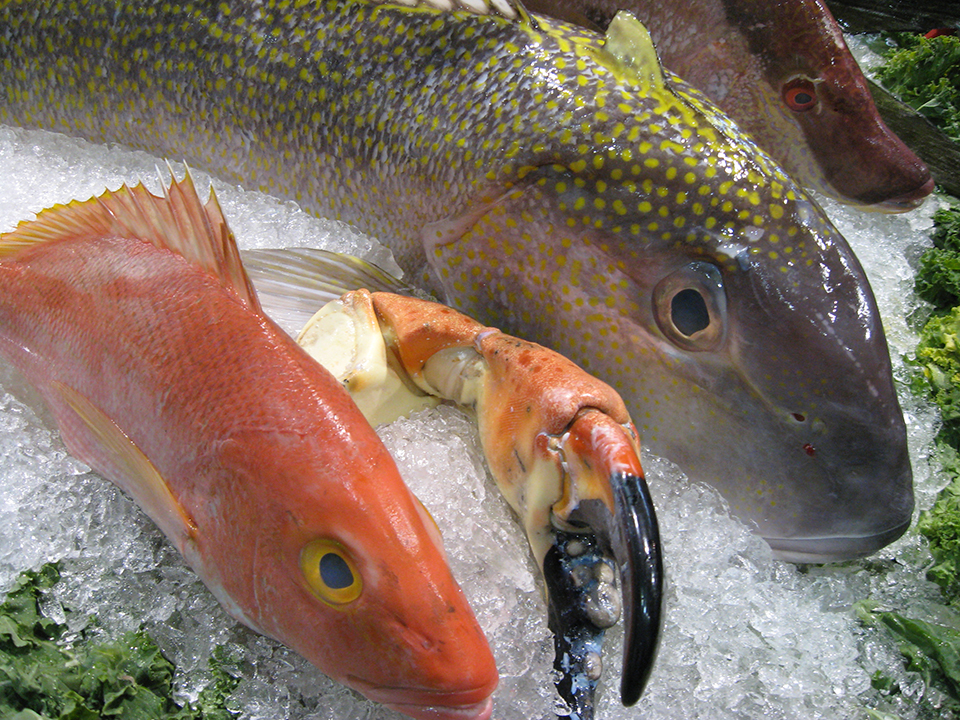
Intelligence
Enzymes in seafood, part 1
Enzymes are responsible for postharvest changes in seafood that impact product characteristics and reduce value. The odor of seafood is a direct result of enzyme activity.
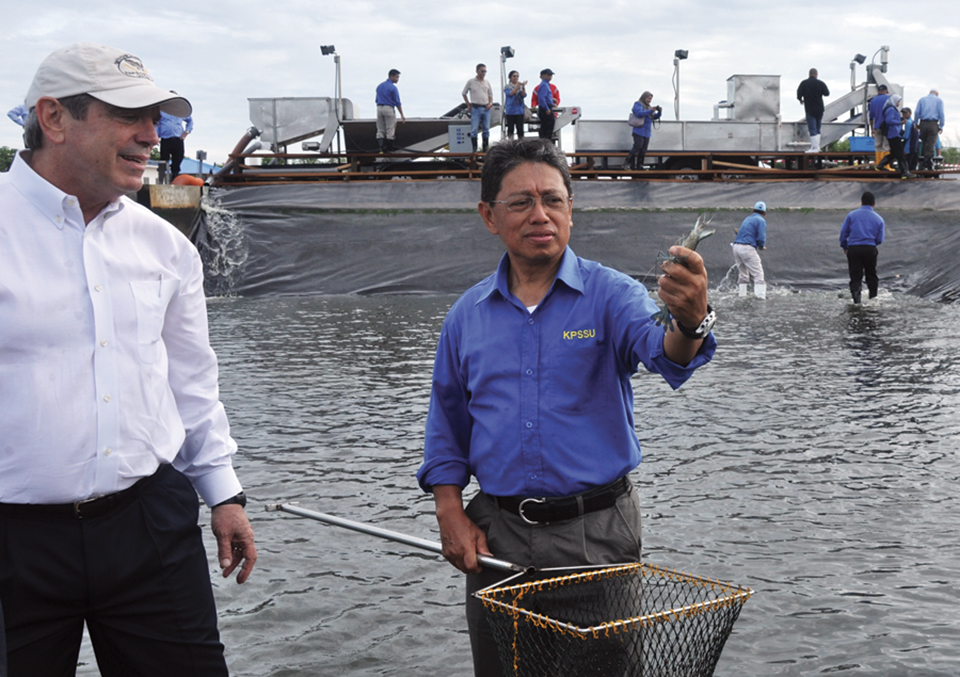
Health & Welfare
Brunei project develops technology for large black tiger shrimp production, part 1
A five-year project was undertaken in Brunei Darussalam to develop advanced technology for the production of large black tiger shrimp. A combination of technologies has enabled efficient production of large-sized black tiger shrimp, which could lead to a resurgence of this species in Asia.
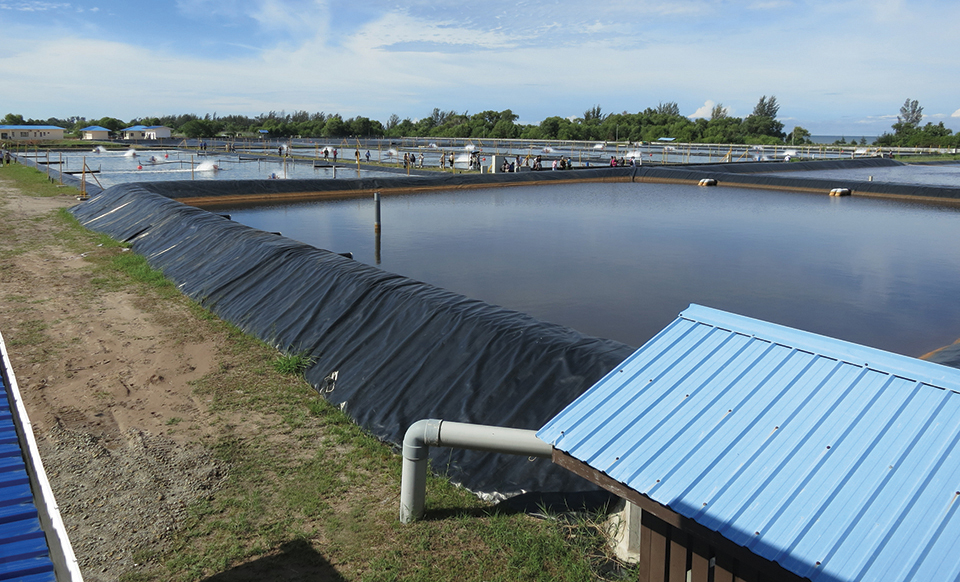
Health & Welfare
Brunei project develops technology for large black tiger shrimp production, part 5
The final article in a series about a project in Brunei to develop technology for production of black tiger shrimp focuses on the development of advanced grow-out ponds and practices with enhanced systems for biosecurity, sludge removal, water reuse, energy efficiency, automatic feeding and mechanical harvesting.
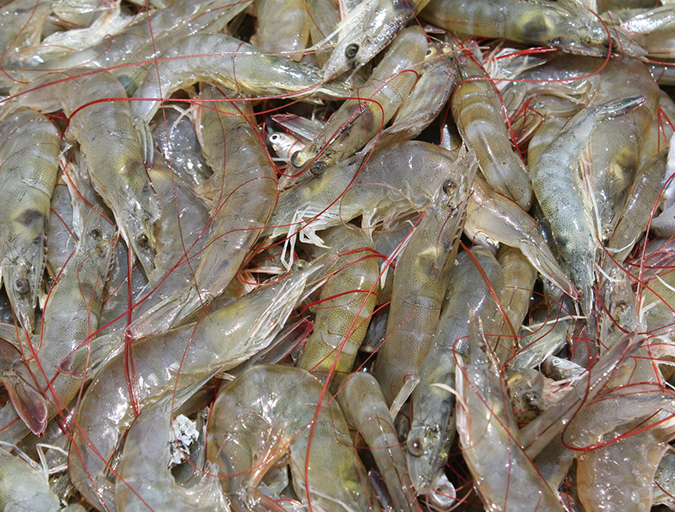
Intelligence
Critical decisions for shrimp harvesting and packing, Part 1
Harvesting a crop of shrimp is a critical step for any shrimp farming venture. Several months of efforts and resources to properly raise a quality crop have already been invested, and this quality must be preserved. The decision to harvest involves consideration of various factors.



